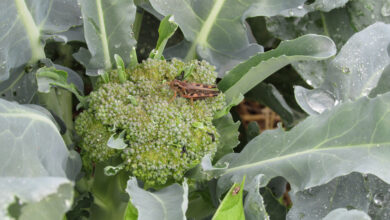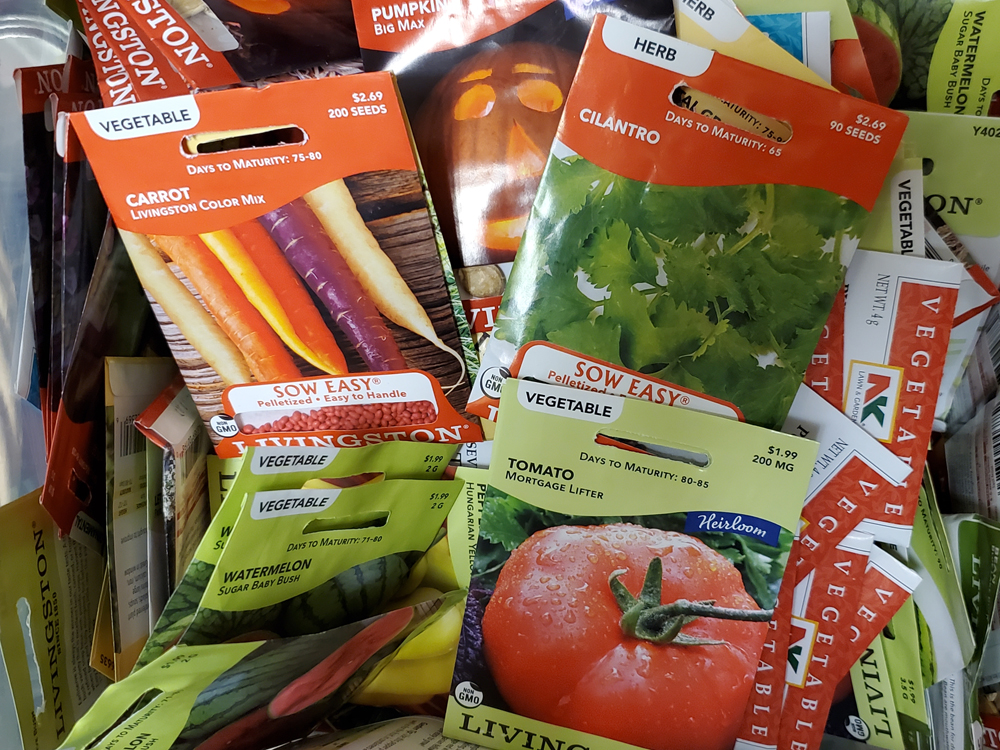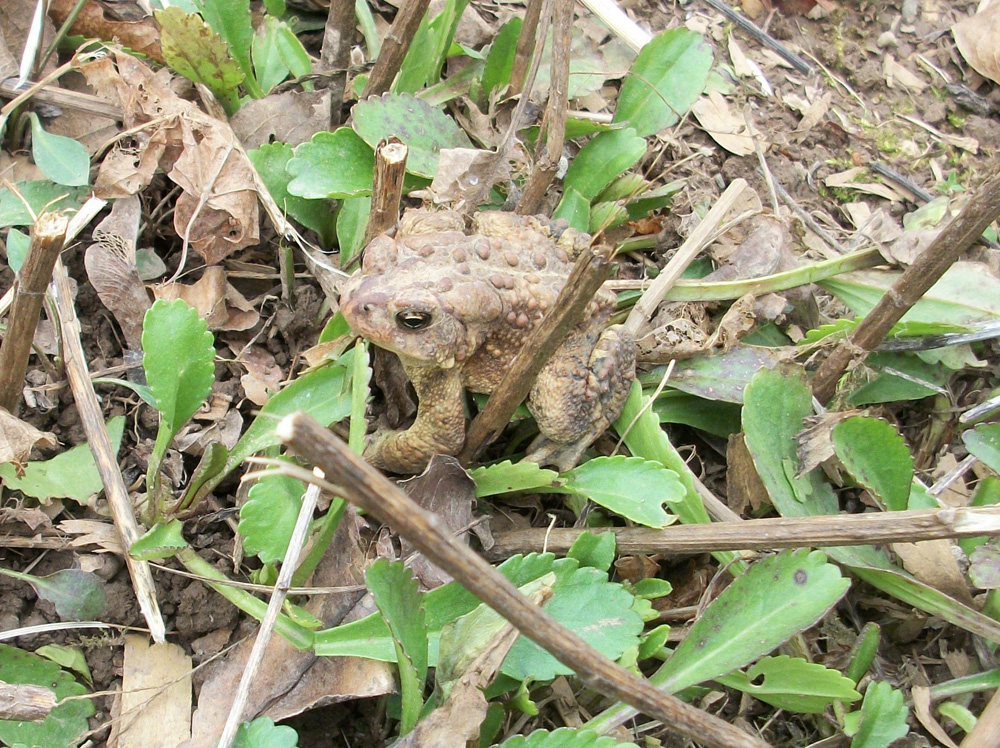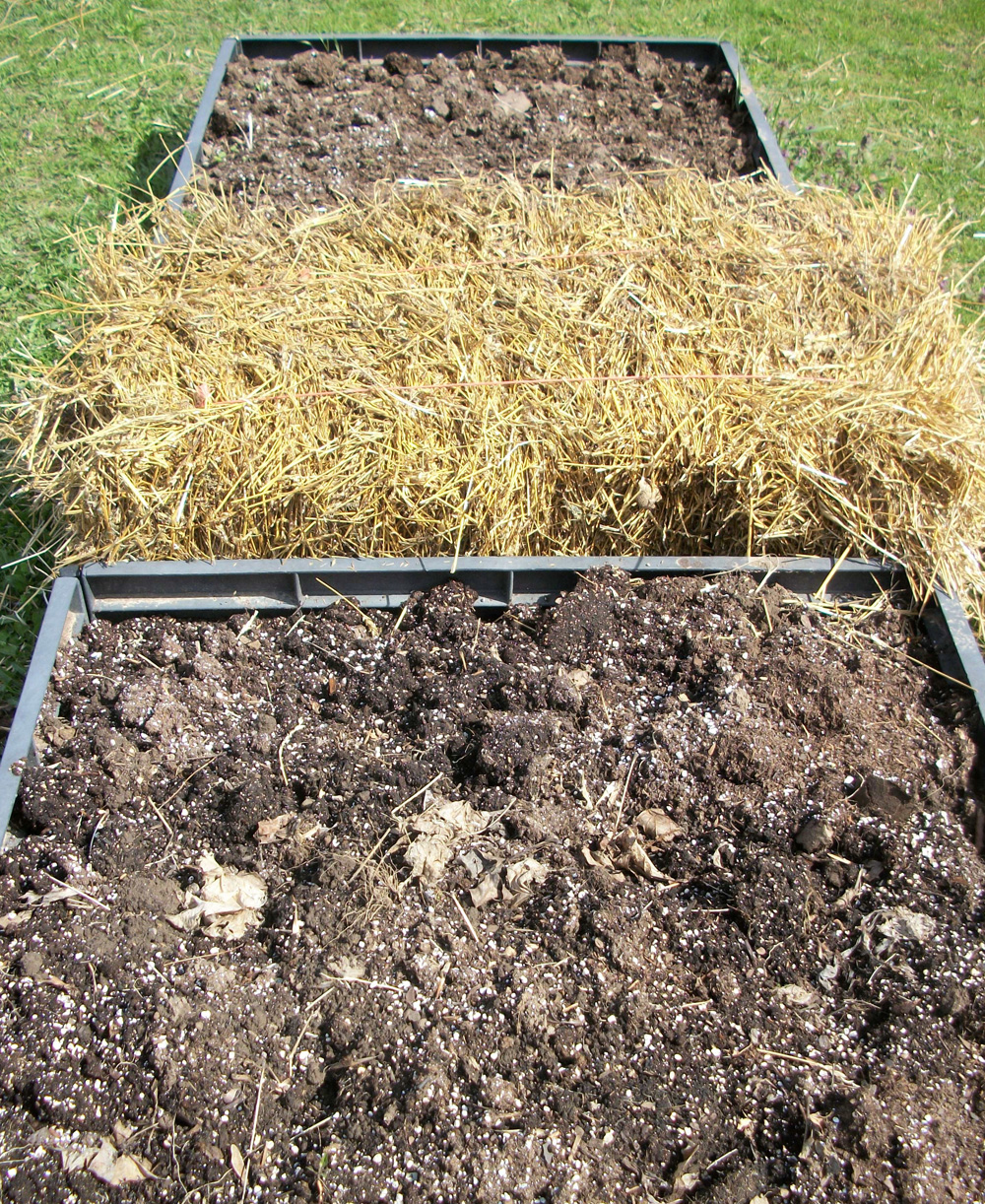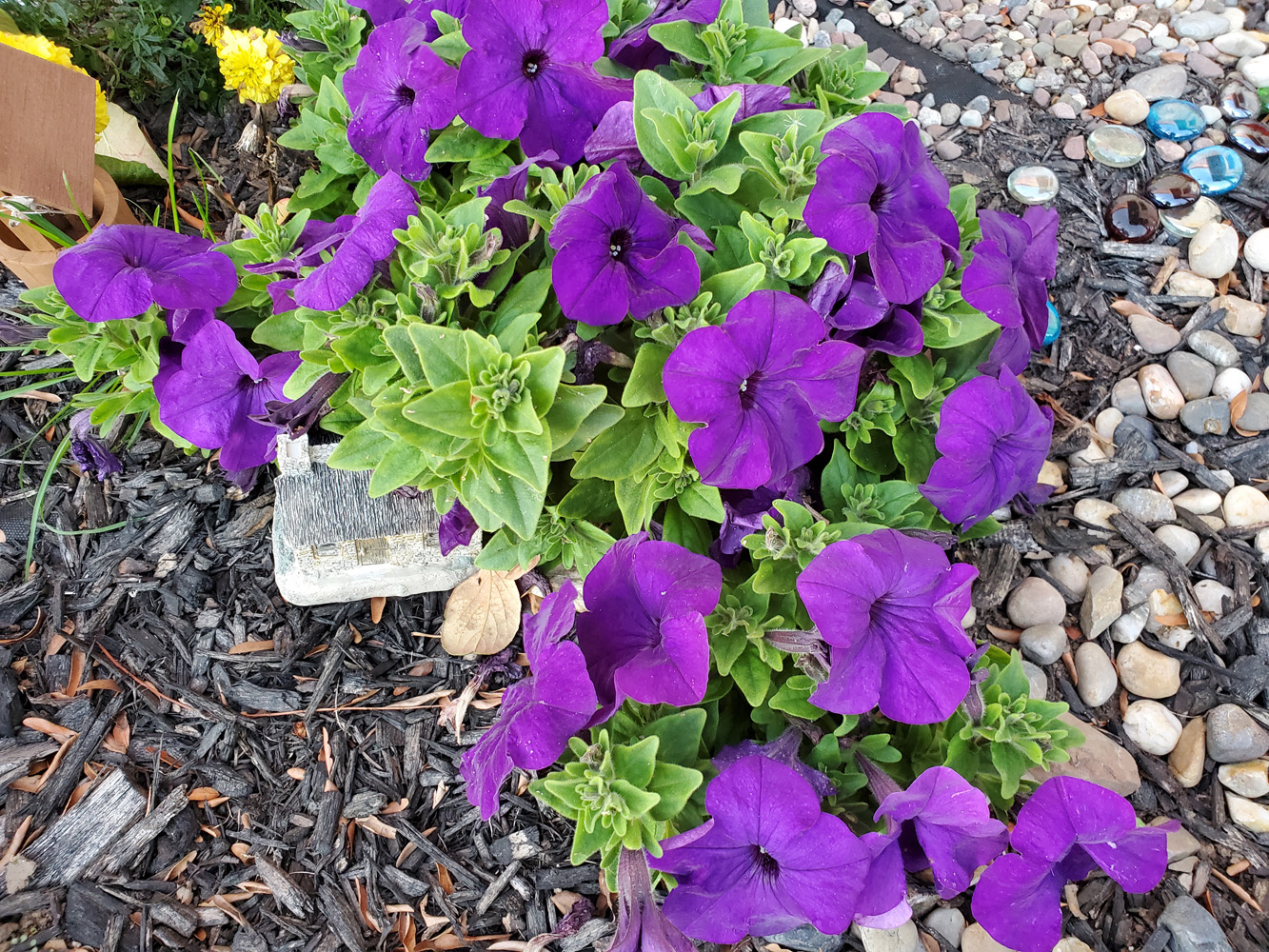Poisonous plants
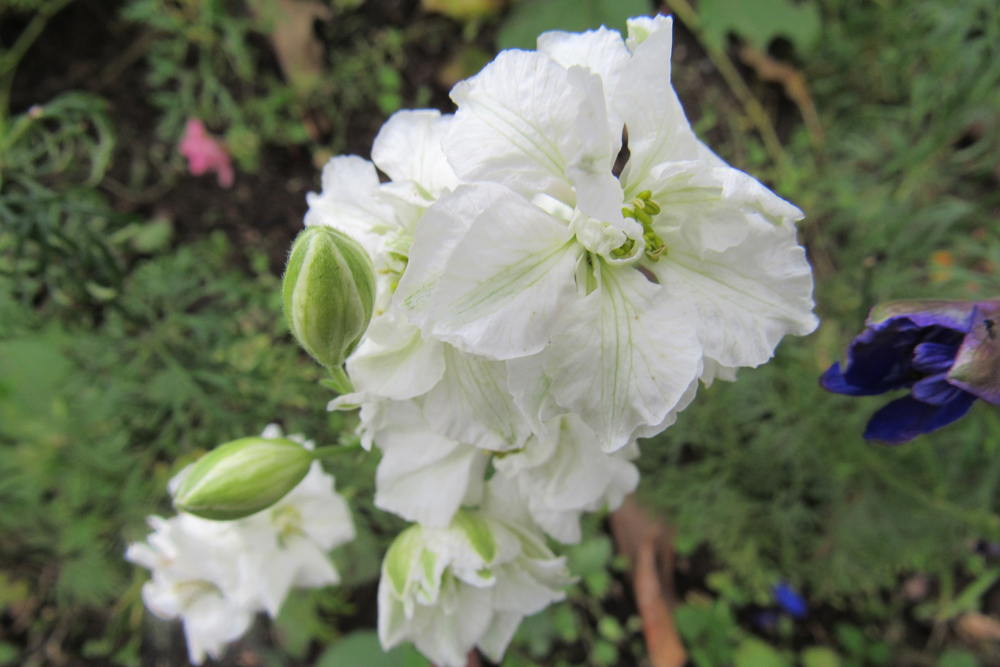
On this Halloween weekend, it might be interesting to think about scary and perhaps what some might even call evil plants. Every gardener probably has their own idea of evil plants: aggressive, opportunistic weeds; invasive plants that can easily take over your landscape; thorny, sharp, painful plants that can make you bleed or break out in a rash; and poisonous plants which can be downright deadly. This column will focus on poisonous plants.
There are many common plants that grow in our gardens, meadows, woods, and in our homes that, if ingested, can cause lots of abdominal distress and even death. Knowing which plants are toxic is vital to people who raise livestock or horses, but that knowledge is also valuable to homeowners with pets and young children. If you like to garnish and decorate food with flowers, leaves, and berries, it’s also good to know which plants to avoid.
“Common Poisonous Plants” is an information bulletin written by John Kingsbury and published by Cornell Cooperative Extension. It’s 35 pages long and includes an extensive list of poisonous plants found in New York State. Kingsbury notes that “poisonous plants are everywhere, and there is no pattern of relationship, geographical distribution, habitat, seasonal appearance, or plant part that can be used successfully to separate poisonous plants from those that are harmless.”
Common plants can contain such toxic substances as alkaloids, glycosides, saponins, resinoids, oxalates, nitrites, and poisonous minerals. Not surprisingly, the danger of poisonous plants lies mainly on whether or not they are likely to be eaten. This column includes a highly edited list of poisonous plants from Kingsbury’s bulletin.
In the houseplant category, watch out for oleander (Nerium oleander) which is sometimes grown as a large potted plant here in New York State. A single leaf can be a deadly dose for children. Poinsettias (Euphorbia pulcherrima) contain an acrid, burning juice that can severely injure the digestive system. Caladium and philodendron contain small needle-like crystals of calcium oxalate, which can embed in the tissues of the mouth and tongue and result in intense burning and irritation – ouch!
Out in the flower garden, larkspur (Delphinium species) is suspected of being poisonous. The plant contains alkaloids that produce digestive upset and nervous excitement or depression. Lupines (Lupinus species) are another potentially dangerous plant if ingested as the plant has yielded alkaloidal extracts that have proved toxic in animals. Flowering bulbs such as hyacinth, narcissus, snowdrops, and star-of-Bethlehem have toxins in the bulbs that produce nervous symptoms and digestive distress.
Foxglove (Digitalis purpurea) is the source of the drug digitalis, used in small amounts to treat heart problems. Larger amounts can result in a dangerously irregular heartbeat and even death.
The vegetable garden can also have lurking toxins. Potatoes and tomatoes are part of the family of nightshades. These plants contain a chemically complex, alkaloidal poisonous principle that can cause intensive digestive disturbances and nervous symptoms. The toxins are concentrated in the vines and green tissues, Kingsbury writes. Potato tubers and tomato fruits are, of course, harmless and enjoyed as a garden staple. Only the stalk of rhubarb (Rheum rhaponticum) is harmless (and mighty tasty in a pie). Leaf blades are poisonous and have been responsible for deaths in humans.
Here are a couple of other common poisonous plants in the home landscape. Yew (Taxus species) foliage and berries contain an alkaloid that depresses heart action, and death typically is sudden and without warning symptoms. The foliage is more toxic than the berries. Wild and cultivated cherry tree twigs and foliage contain a compound that releases cyanide when eaten. Cyanide poisons the breathing mechanism at its most fundamental level.
This column just scratches the surface of common poisonous plants, and writing it made me realize I don’t need to spend lots of money on scary Halloween decorations for the yard – it’s already filled with downright frightening plant life.
On a more serious note, If you suspect someone has ingested a poisonous plant, get medical help immediately. A veterinarian should be contacted if you believe your pet or other domestic animal has eaten a toxic plant.



